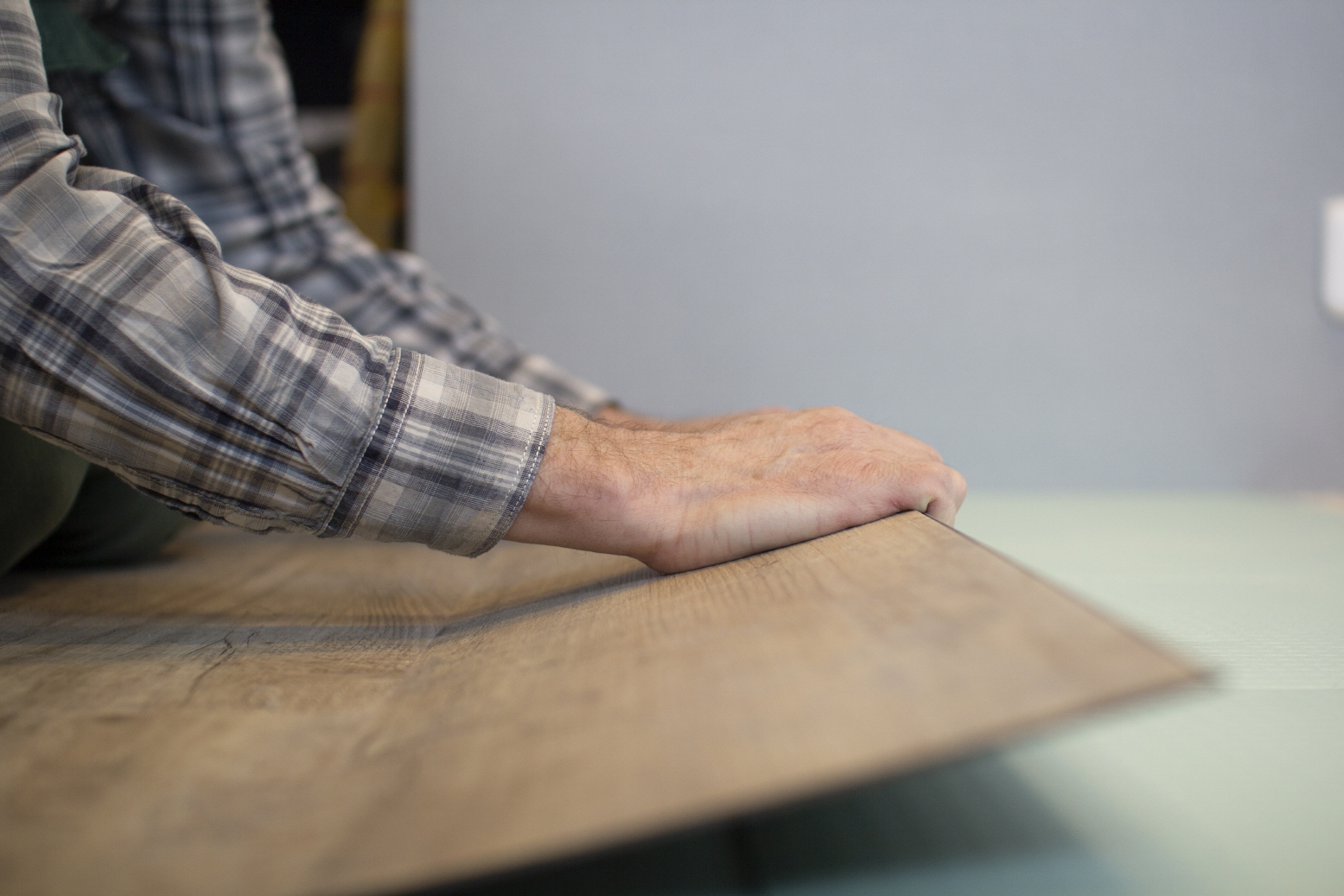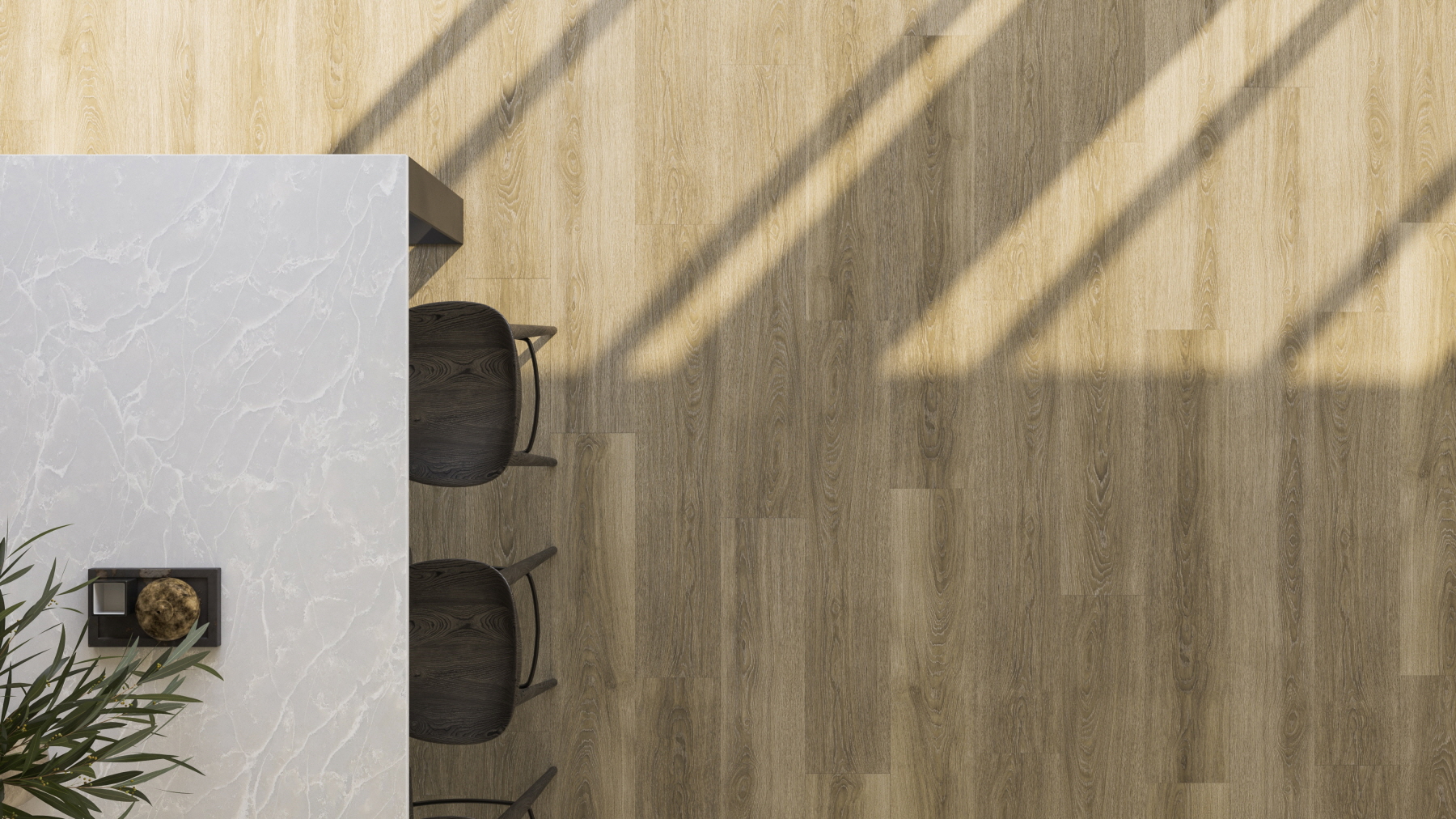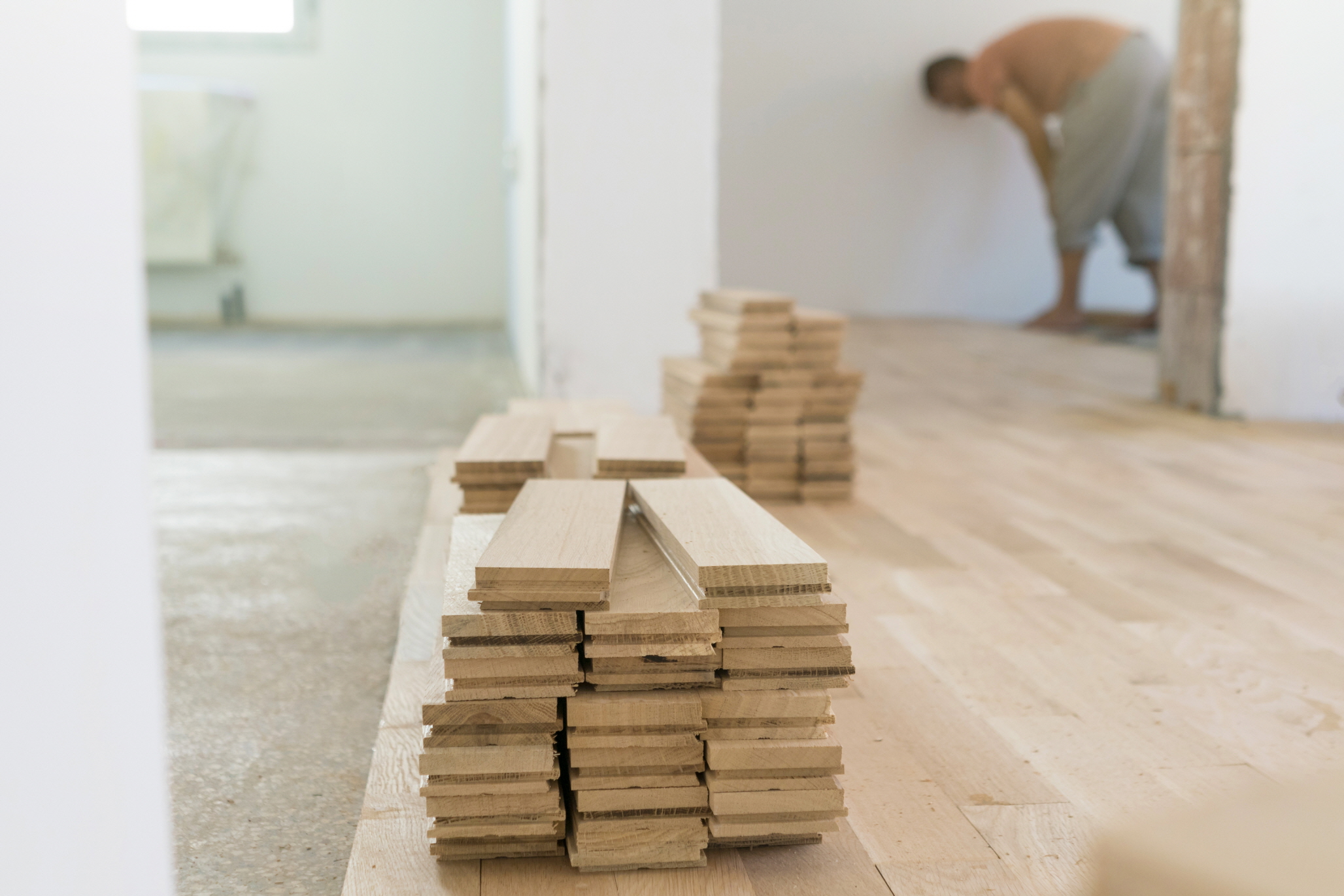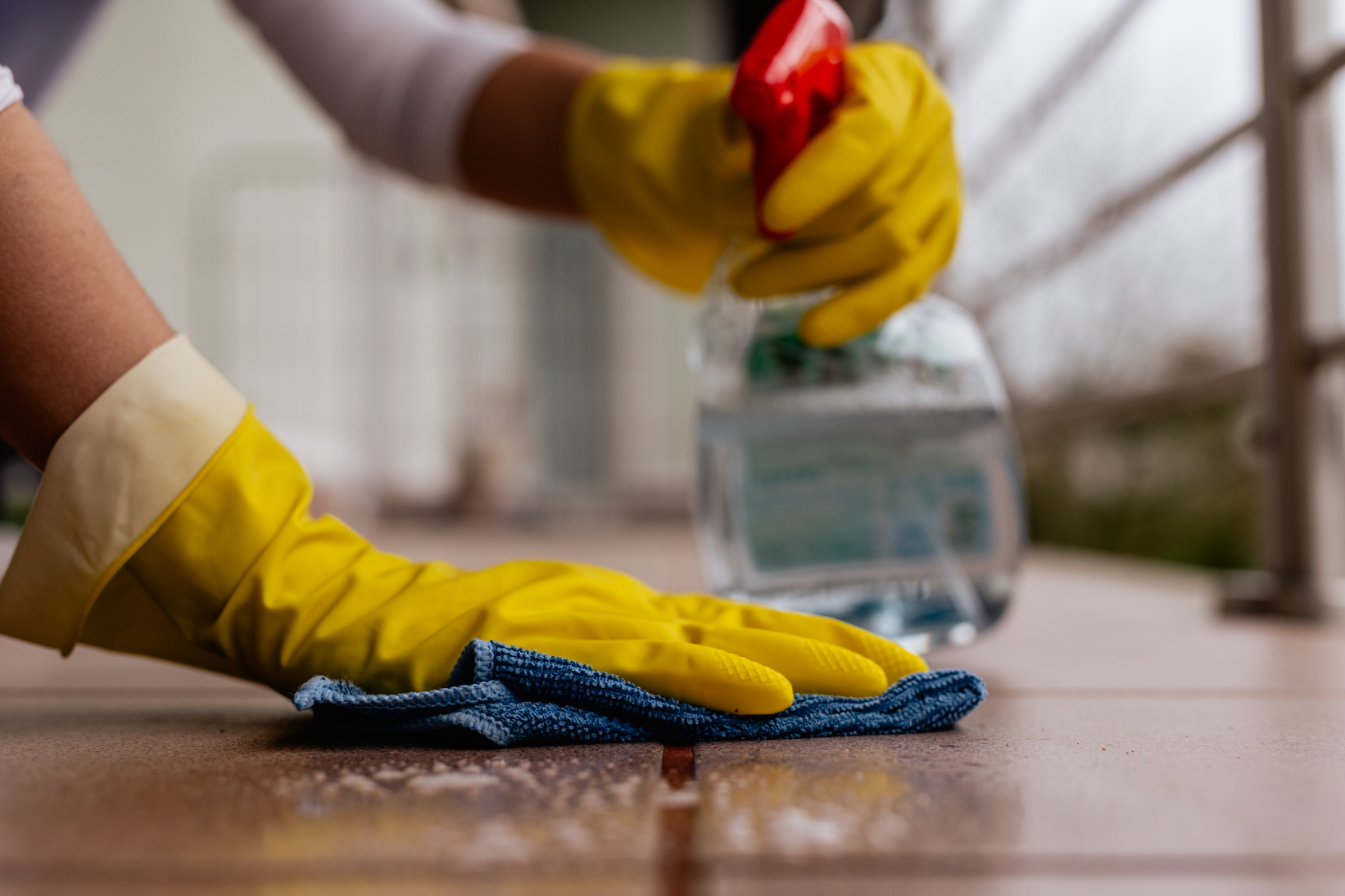When replacing your home’s flooring, you might encounter an unexpected expense: the cost of replacing the subfloor. This process can be both expensive and time-consuming. However, we’re here to help you prepare by providing the necessary information to understand the associated costs. In this article, we’ll explore the factors influencing the cost of subfloor replacement and address some of the most frequently asked questions about the process.

Subfloor Replacement Cost Factors
The cost of repairing a subfloor primarily depends on three key factors: the size of the room, the type of material being used, and the labor involved. However, additional expenses may arise, such as replacing floor joists or obtaining permits for the required work.
Subfloor material
When it comes to replacing your subfloor, you’ll find a variety of options to suit your budget. However, beyond cost, there are other factors to consider when selecting your material, such as whether you’re installing heated floors and the location within the house. Taking all these factors into account, subfloor material costs can range from as low as $2.50 per square foot for plywood to as high as $10 per square foot for Amdry or Barricade. Common subfloor materials include plywood, oriented strand board (OSB), Amdry, DRIcore, Barricade, Warmboard, and concrete.
Labor Cost
Another significant expense when replacing your subfloor is the labor cost, typically ranging from $25 to $30 per hour. Naturally, larger spaces will require more time to complete. However, in most cases, the process can be completed within a day or two, though the duration may vary based on the extent of repairs and necessary prep work.
Subfloor Replacement Cost by Materials
The material you select significantly impacts the project’s overall cost. Here’s a breakdown of the most common subflooring materials:
- Plywood: A popular choice due to its affordability and quick installation. Typically secured directly to joists with nails, screws, or adhesives, costing between $2.50 to $3.50 per square foot depending on thickness.
- OSB: Compressed wood strands sealed with waterproof adhesive, priced at $2.50 to $4.50 per square foot. While often cheaper than plywood, it may not last as long.
- Amdry: A moisture-resistant, insulated subfloor panel system bonded to OSB, ideal for kitchens, bathrooms, or basements, costing $3 to $10 per square foot. Special connectors are also required, priced at $20 per pack of fifteen.
- DRIcore: Another subfloor panel system similar to Amdry, priced between $2.50 to $9 per square foot.
- Barricade: Designed for basements, this subfloor panel system can help increase floor temperature without radiant underfloor heating. Its sound-dampening properties make it suitable for quieter spaces, priced at $2 to $10 per square foot.
- Warmboard: Specifically for radiant floor heating installations, able to withstand heat, priced at about $7 per square foot.
- Concrete subfloor: Versatile option serving as both subfloor and main floor, allowing other subfloors to be installed over it for future changes. Costing around $6 per square foot.
Subfloor Replacement Cost by Labor Cost
As previously mentioned, the labor cost for subfloor replacement varies depending on factors like room size and location within the house. Typically, it ranges from $25 to $30 per hour. The project duration usually spans a day or two but can vary based on the extent of repairs and necessary prep work.

Additional Considerations
When embarking on a new flooring project, it’s crucial to factor in various costs. Consider whether you’re repairing or replacing the subfloors. Calculate the expense of removing the current subfloor. Assess if joists or subfloors require repairs or mold remediation. Additionally, budget for any necessary permits for the project. These considerations ensure a comprehensive understanding of the overall project cost.
Repairing vs. Replacing Subfloors
Opting to repair your existing subfloor rather than replacing it entirely can range from $2 to $10 per square foot, resulting in long-term cost savings. The choice largely hinges on the condition of your current subfloor. Assessing its state will guide your decision-making process.
Floor joists cost
It’s essential to allocate some flexibility in your budget for potential replacement of floor joists beneath the existing subfloor. You won’t know if they require replacement until the current floor is removed. Each joist replacement typically costs between $100 to $300.

Mold Remediation
Mold remediation is another potential unexpected cost, as the need for it may only become apparent after the existing subfloor is removed. This process involves cleaning and sanitizing areas affected by mold growth, crucial for mitigating health risks and preventing further damage. On average, mold remediation can cost around $2,000.

Permission cost
For small-scale subfloor replacements in your home, you may not require a permit, but it’s wise to verify. Permits generally range from $50 to $200. Consult your contractor to determine responsibility for obtaining the permit, as they often handle this on your behalf.
FAQ
What is the best material to use for a subfloor?
Choosing the best subfloor option depends on your budget and the type of flooring you’ll install over it. Plywood is commonly used as it accommodates various flooring types. Plywood and OSB are suitable for carpet, laminate, tile, hardwood, and vinyl. High-performance options like Amdry, DRIcore, and Barricade are ideal for hardwood, laminate, vinyl, and tile. Concrete subfloors are best for tile or stone flooring.
Can you replace just part of a subfloor?
You can definitely replace only a portion of your subfloor. By removing and replacing just the worn or damaged sections, you can save money on the overall project.
How long does it take to replace the subfloor?
Replacing a subfloor usually takes only a day or two, but the timeframe can vary based on project size and complexity. As mentioned, unexpected complications like replacing floor joists or addressing mold issues can arise, potentially extending the timeline.